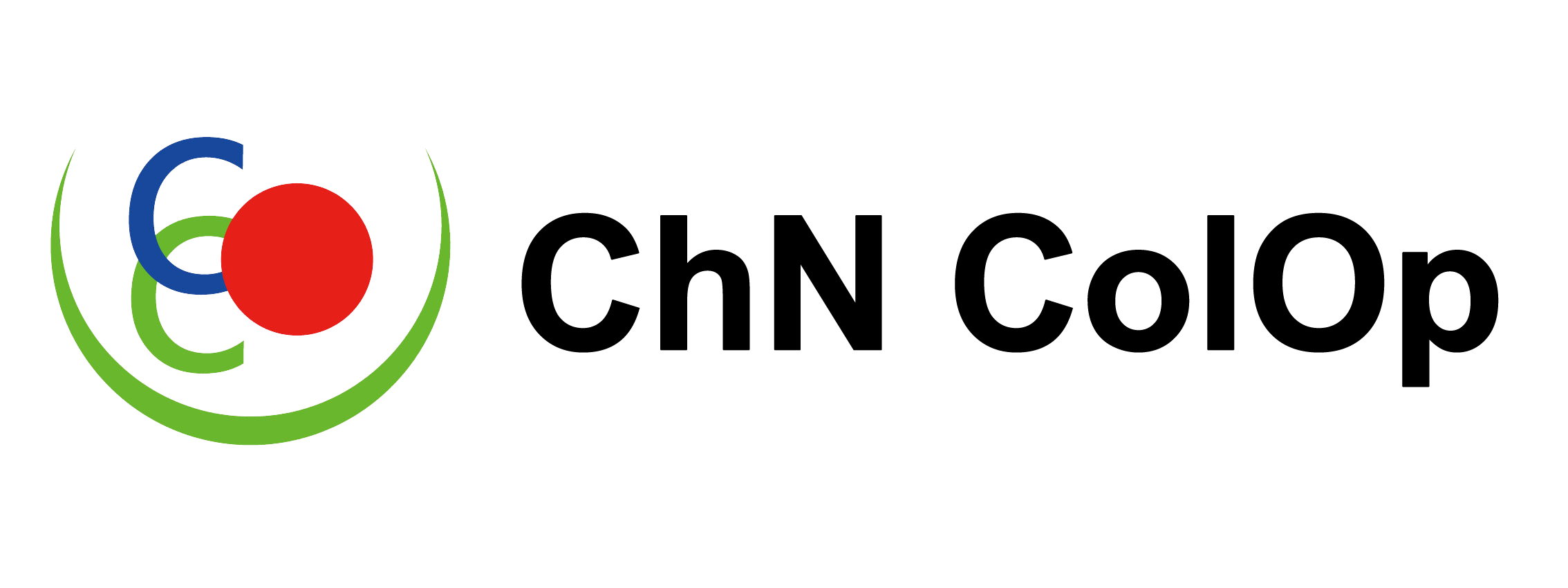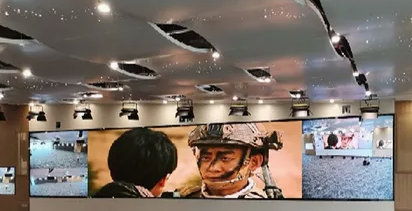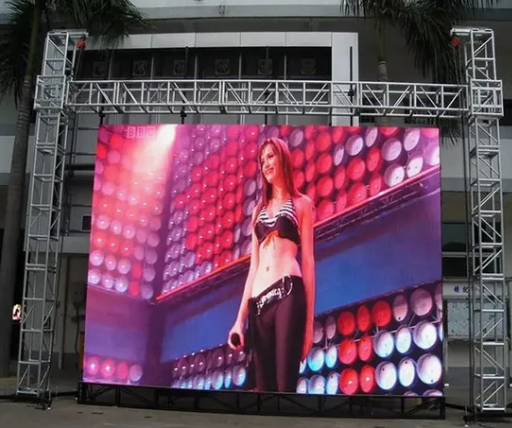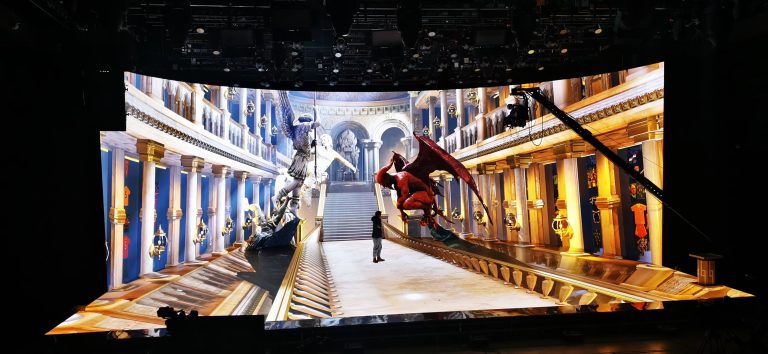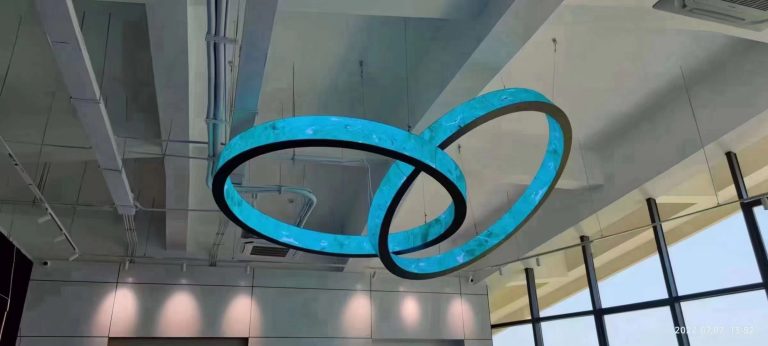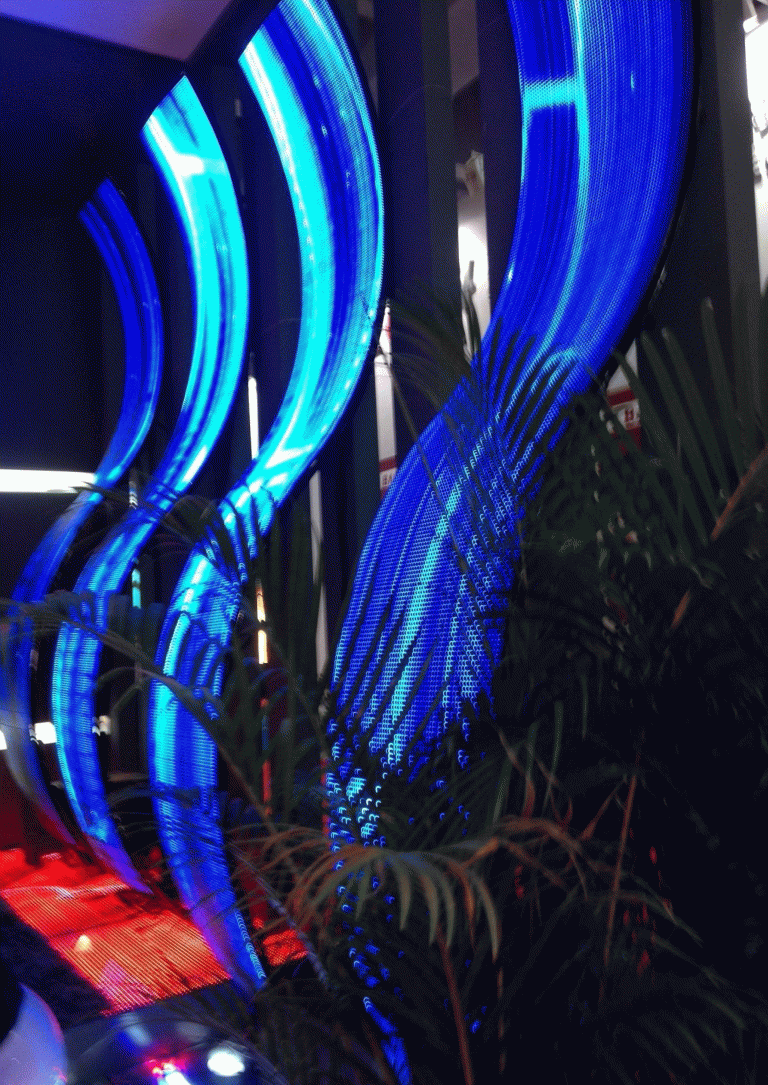LED Electronic Screen | High Definition Display Solutions to Light Up Your Every Moment
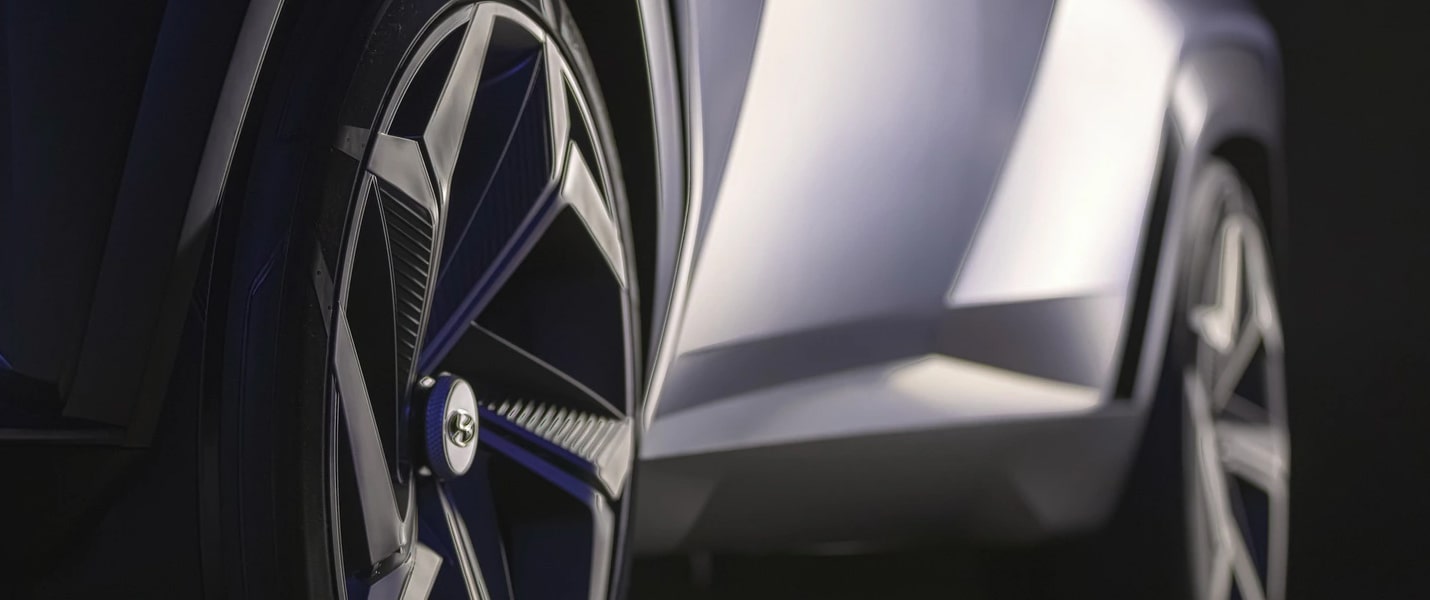
Can the Flexible LED Film Screen be Directly Attached to the Glass Surface?
With the characteristics of ultra-thin, high transmittance and flexibility, crystal film screen has become an innovative choice for glass curtain wall, window advertisement,etc. However, the glass surface is smooth and fragile, and direct adhesion needs to strictly follow the specifications. This article from the technical feasibility, installation steps, risk avoidance three aspects for your comprehensive analysis!
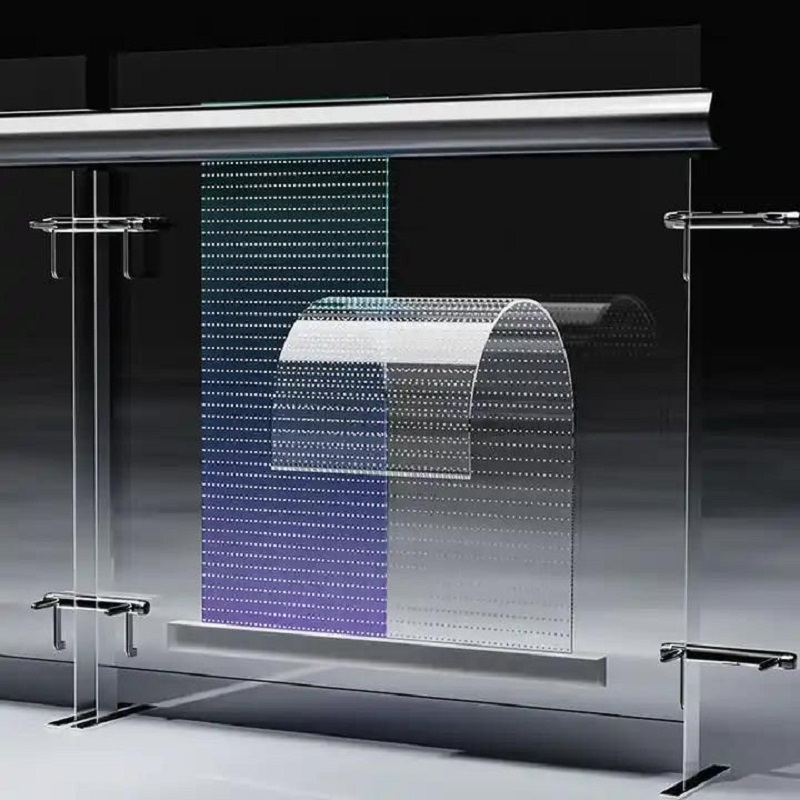
Technical feasibility analysis
- Crystal film screen to support the conditions of direct paste
- Glass type: tempered glass, laminated glass and other flat surface (hairy glass requires special treatment).
- Load-bearing requirements: glass thickness ≥ 6mm, unit area load-bearing ≥ 5kg/m² ,avoid the risk of falling off.
- Light transmittance requirement: when the light transmittance of the crystal film screen is >70%, the glass lighting function can be retained.
- Scenes in which crystalline film is not recommended to be pasted on the screen
- Single-layer ordinary glass ,easy to break.
- Curved or shaped glass, customized lamination solution is required.
- High temperature/high humidity environment, glue is easy to fail.
the crystal film screen installation steps by scene
- Flat glass installation (such as shopping mall windows)
- Step 1: Clean the surface: Wipe the glass with isopropyl alcohol and a dust-free cloth to ensure no fingerprints, oil and dirt.
- Step 2: Cut the adhesive film: Cut the double-sided adhesive according to the size of the crystal film screen, reserving 1mm edge (anti-overflow adhesive).
- Step 3: Positioning: Tear off the protective layer of the adhesive film, use a laser level to align it and then press it slowly to exclude air bubbles from the center to the surroundings.
- Step 4: Reinforcement: Installation of invisible clips around the edges to enhance wind resistance (a must for outdoor scenes).
- Curved Glass Installation
- Core technique: Preheat the glass to 50°C first to make the crystal film screen flexible and extendable.
- Glue selection: use UV curing adhesive, dispensing by area and then UV irradiation to set the shape.
Risk avoidance and precautions
- Safety Risks
- Prevention of glass cracking: Confirm that there is no dark crack in the glass before gluing to avoid local stress concentration.
- Fall protection: Installation at high altitude outdoors should be equipped with fall prevention rope, load-bearing ≥ 10 times the weight of the screen.
- Display effect optimization
- Anti-reflective treatment: apply anti-reflective film on the inside of the glass, to reduce the interference of ambient light.
- Heat dissipation design: 2-3mm ventilation slits are reserved, to avoid overheating of the crystal film screen.
- Long-term maintenance
- Cleaning contraindication: prohibit scraping with a razor blade, gently wipe with a soft cloth dipped in screen cleaner.
- Replacement of adhesive layer: check the aging of adhesive every 2-3 years.
Recommended solutions for different scenarios of crystal film screen
| Scenario | Recommended Solution | Reason |
| Commercial window advertisement | Highly translucent double-sided adhesive + invisible clips | Balance light transmittance and wind resistance. |
| Home Intelligent Mirror | UV curing adhesive + explosion-proof film | Enhance safety and prevent accidental impact and breakage. |
| Subway glass partition screen | Magnetic frame + quick release design | Easy maintenance and no damage to glass |
Crystal film screen can be directly pasted on the glass surface, but it is necessary to choose the type of glue according to the scene and strictly regulate the operation. For high-end commercial projects or complex environments, it is recommended to commission a professional team.
For customized glass lamination solutions or if you are interested in LED crystal film screens, please contact our technical support!
